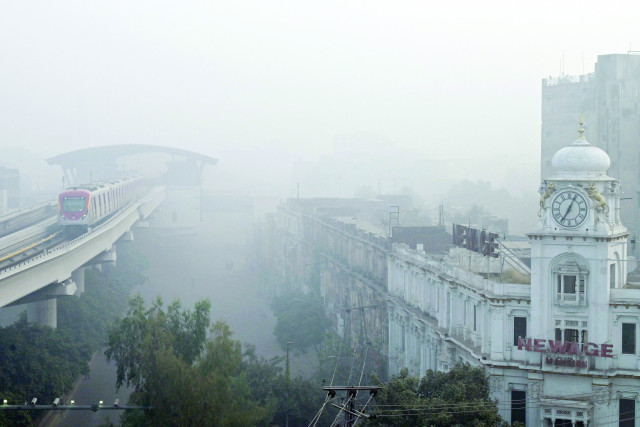Navigating Pakistan’s Export Landscape: Opportunities and Challenges
Pakistan’s export journey over the last twenty years has been a mix of ups and downs, showcasing both potential and hurdles. The overall picture reflects growth, but we still have a long way to go to catch up with other exporting nations.
At the core of this narrative is Pakistan’s reliance on textiles. The sector, primarily driven by knitwear, readymade garments, bed linens, and cotton yarn, has historically accounted for over half of the country’s export earnings. While we’ve made strides in shifting towards higher-margin products, the concentration risk remains a pressing concern. When orders slow down from key markets like the U.S. and EU or energy prices spike, the entire export apparatus feels the impact.
The mid-2000s presented a golden era, boosted by favorable global conditions and domestic reforms. Exporters enjoyed competitive costs, leading to significant growth in textiles and leather. However, the financial crisis of 2008-09 brought turmoil, yet our sector showed resilience, bouncing back as demand returned in the early 2010s.
Fast-forward to the years between 2014 and 2019, and the picture became murkier. A mix of currency fluctuations, unstable energy supply, and rising domestic costs put pressure on our competitiveness. While we saw growth in areas like pharmaceuticals and selected food categories, overall diversification remained a challenge.
The COVID-19 pandemic created an unexpected surge in demand for home textiles as consumers reshaped their living spaces. Unfortunately, this was followed by a return to more typical market conditions, exacerbated by rising energy prices, leading to a drop in export volumes.
Addressing these cycles requires tackling structural issues head-on. First, enhancing energy competitiveness is crucial. A stable pricing framework would do wonders for exporters, allowing them to plan effectively. Second, we need to adapt to the global textile trend moving towards man-made fibers and athleisure wear. By aligning our production capabilities and policies with these demands, we can tap into new markets and higher price points.
Logistics and lead times are also in dire need of improvement. In today’s fast-paced market, buyers prioritize speed alongside cost. By streamlining port operations and digitizing customs processes, we can significantly reduce delivery times, making our goods more appealing.
While textile diversification has been slow, there are opportunities simmering at the surface. Investment in food processing can transform agricultural volatility into stable, high-margin exports. Similarly, our traditional strengths in surgical instruments and sports goods can be elevated through better branding and partnerships. The burgeoning IT and IT-enabled services sector is also an exciting avenue for growth.
Looking ahead, what does the next decade hold for Pakistan’s export landscape? We need to focus on three vital shifts:
-
Scale and Specialization: Concentrating efforts on a few anchor districts with common infrastructural support will enhance efficiency and profitability.
-
Input Neutrality: Rationalizing tariffs will allow exporters to source essentials without excessive costs, especially in emerging sectors like man-made fibers.
- Finance Tailored to Exports: By extending financial options that align with export cycles, we can empower businesses to thrive even amidst uncertainty.
Importantly, Pakistan’s future could lie beyond traditional goods, shifting towards service-based exports, which are growing rapidly and offer resilience against external pressures. Leveraging our skilled workforce for IT services can diversify and stabilize our export earnings.
In conclusion, while the road ahead is fraught with challenges, the potential remains immense. Committing to a strategic and adaptable export approach can not only bolster our economy but also enhance our global position. For more insights and tailored strategies in navigating this dynamic landscape, consider connecting with Pro21st, where expertise meets opportunity.





